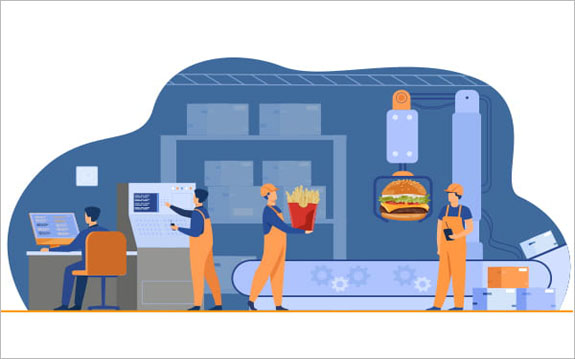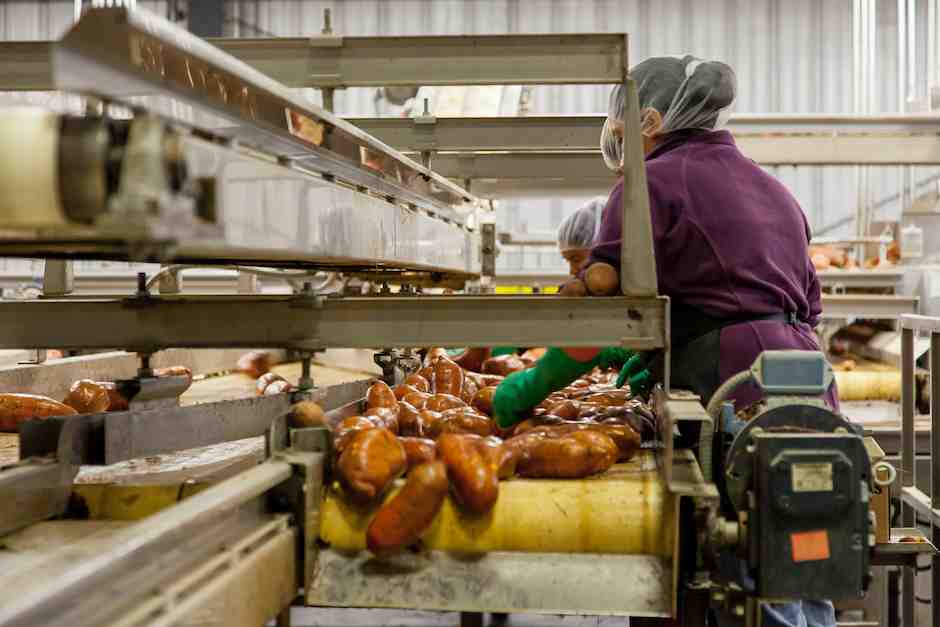Automation will not replace people, but will require new skills from them.
If there is one industry that we just cannot do without, it has to be the food industry. I’ve been in this business for several decades now and it remains constant year over year. People just have to eat … there is no way around it. For the record, I’m not in the food business, but I am in the business of selling equipment to the food processing plants, so my comments are more technology-focused than food-focused.
For an industry that grows year over year, we see that cost containment or expense reduction in food processing plants is as vigorous as ever.For most food processing companies, sacrificing the quality of the product they produce to get to a lower cost is just not the answer.So, like most other process industries, food companies are finding ways to improve productivity throughout the plant with the use of factory automation.Whether it be in the actual processing of the food or the packaging of the food, automation is everywhere in today’s modern food plants.
Today’s food processing and packaging is so much different, and the efficiency bar has been raised much higher. Automation has taken over where humans were once commonplace.Industry decision-makers know that plant systems must constantly evolve to meet consumer requirements/demands.This means upgrading existing equipment or purchasing new equipment.
That can be a huge challenge when the cost of a square foot of a food plant is so expensive and fixed base cost is considerable. The decisions of how to proceed may not be easy, but aren’t impossible.
As we look at a modern food processing and packaging plant, you will find a variety of different machinery including automated ovens, cutting and forming machines, sortation equipment, mixers and blending machines, filling equipment, wrapping equipment and as many robots as a highly automated automotive assembly line.Automation is now a necessity in the food industry to address the required levels of quality control, production speed, labor shortages and overall profitability.
Jobs in food processing will continue to shift away from manual labor, where workers sit along the side of a conveyor picking, sorting and packaging food items, to operators that monitor the processes in a control room with an eye on equipment speed, efficiency and quality control. However, the food industry is not an industry that can run in the dark – it will always require human intervention.
Available labor in the food processing industry will continue to be one of the greatest challenges, driving even more need for automation … beginning with harvesting and moving right on through the supply chain, even down to the way the products are delivered to the restaurants that prepare the food or the consumers’ home and kitchen.
Automation will not replace people, but will improve the skills workers need to keep up with the pace of change. New demands in the skill sets of food processing workers will require a higher level of training to meet the machinery production capabilities.


